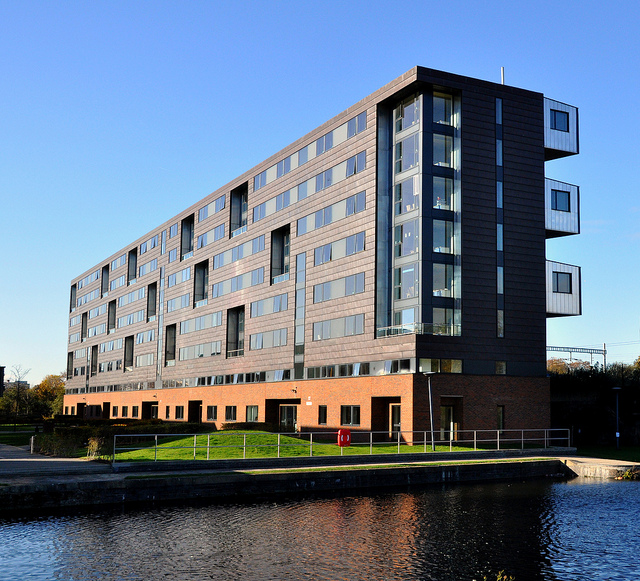Post
London’s Student Housing and Social Equality
29 Jun 2020
Many of the tall buildings put up in the past few years have been for student accommodation. Freddy Mardlin looks at some of the issues that students face in our expensive capital.
Living costs, especially those revolving around rent, have long been one of the biggest issues facing students in London. While for some homeowners, rising property prices and gentrification can be highly beneficial and provide good returns on investment, for London’s vast student population, the situation is quite different. London is home to 40 individual university level institutions (if the University of London is broken up into its separate parts) ranging from the academically elite LSE, UCL and Imperial, to RADA and the Royal College of Music. These 40 universities attract nearly 375000 students annually to the city, creating massive demand for student rental properties. Nationally, only 15% of students live at home while studying, leaving the remaining 85% (around 320000 students) to find their own place to live. For a city like London, already battling the dual issues of housing shortages and house price inflation, this can create real issues.
Many of London’s universities do not have just one site which could reasonably be described as its campus, on which students both study and live. London’s universities (with the exception of some such as Royal Holloway) emerged within pre-existing built up parts of the city and do not have the benefits that some of the UK’s more rural institutions do with regards to space. For those ‘campus’ universities, issues of affordability and accessibility of student accommodation are greatly relieved. Prices can be controlled through central ownership of student properties by the university in question and the single campus set up means that student accommodation is built very close to, and often actually in, the main university campus.
For London’s students, however, the situation is much starker. Of the currently available London student accommodation, 57% is located in 4 inner city boroughs, representing some of the most expensive parts of the city for rentals, while the rest is scattered around the outer boroughs. UCAS found, moreover, that London students have the longest commute of students in any UK city, with more than 20% travelling for more than half an hour into university each day. This leaves a bleak choice, either moving to the outer boroughs and facing a longer commute into university and a physical distance between them and the social hub of the more student-oriented areas, or stamping up sometimes extortionate amounts to live in the inner boroughs.
This concentration in the most expensive areas of London has the result of driving prices up, leaving less privileged students who cannot afford to live in London’s inner boroughs excluded from the fanfare of student life in these areas. London’s students, therefore, appear to be faced with the choice between living locally to university and paying extortionate levels of rent or compromising and living in the outer boroughs, still paying higher rent than would be faced at most universities in the country, but also having to endure the commute in each day. Moves such as that currently taking place by the London College of Fashion, relocating from High Holborn to a new campus in the Olympic Park in Stratford, are demonstrative of the sort of actions that could resolve, or at any rate mitigate, these inequities. Recentring in a new campus, removed somewhat from the business and expense of the West End, could offer LCF the chance to improve accessibility for students of all backgrounds while also sponsoring economic and artistic growth in a previously underappreciated and underrepresented district of the city.
